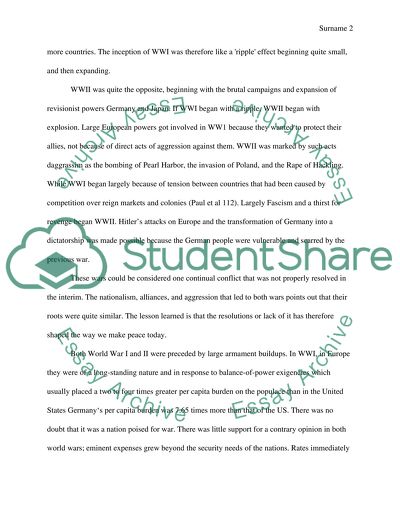Cite this document
(“Balance-of-Power theory in World War I & II Research Paper”, n.d.)
Retrieved from https://studentshare.org/military/1404324-what-role-did-balance-of-power-theory-play-in
Retrieved from https://studentshare.org/military/1404324-what-role-did-balance-of-power-theory-play-in
(Balance-of-Power Theory in World War I & II Research Paper)
https://studentshare.org/military/1404324-what-role-did-balance-of-power-theory-play-in.
https://studentshare.org/military/1404324-what-role-did-balance-of-power-theory-play-in.
“Balance-of-Power Theory in World War I & II Research Paper”, n.d. https://studentshare.org/military/1404324-what-role-did-balance-of-power-theory-play-in.


